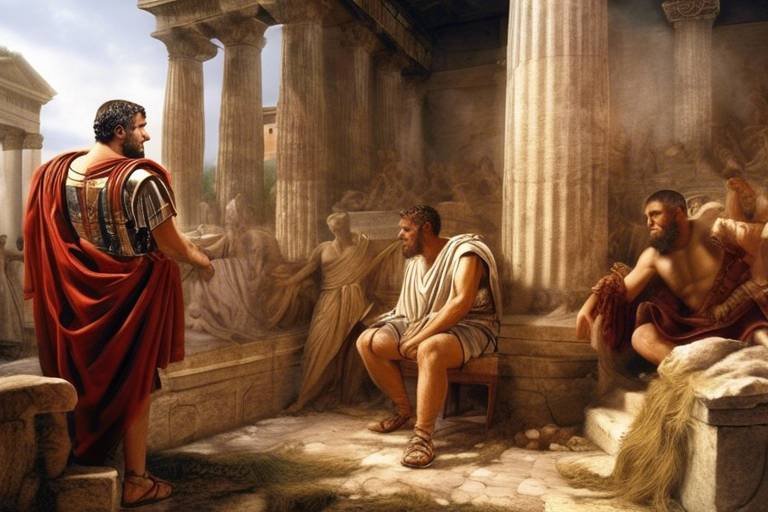The Mystery of the Ancient Minoan Frescoes
Step into the mesmerizing world of Minoan frescoes, the ancient masterpieces adorning the walls of Crete, each stroke whispering tales of a bygone era. These vibrant artworks, steeped in mystery and allure, offer a captivating glimpse into the rich tapestry of Minoan civilization, unveiling snippets of their culture, beliefs, and daily existence.
Imagine standing before these enigmatic paintings, their colors still vivid after millennia, beckoning you to unravel their secrets. From the humble beginnings of simple designs in the Prepalatial period to the intricate and colorful compositions of the Neopalatial era, Minoan frescoes have evolved, reflecting the artistic prowess and cultural sophistication of their creators.
Themes as diverse as the Mediterranean landscape, religious ceremonies, bustling market scenes, and mythical narratives adorn the walls of Minoan palaces and villas. Delve into the world of the Bull-Leaping fresco, a legendary depiction that has sparked endless debates among scholars, each interpretation adding a layer of intrigue to these ancient artworks.
Marvel at the innovative techniques employed by Minoan artists, who mastered the art of fresco secco, a method that allowed them to capture intricate details and vibrant hues on plaster walls. Using mineral pigments sourced from the earth, they breathed life into their creations, ensuring that their frescoes stood the test of time.
Archaeological excavations at sites like Knossos, Akrotiri, and Phaistos have unearthed a treasure trove of Minoan frescoes, offering invaluable insights into the artistic achievements and cultural practices of this ancient civilization. Each discovery adds another piece to the puzzle, painting a more complete picture of Minoan society.
As you ponder the meanings and symbolism behind these ancient artworks, ponder the various interpretations and theories put forth by experts. From religious symbolism to social hierarchies, each theory offers a glimpse into the intricate web of Minoan beliefs and practices, inviting you to unravel the mysteries that lie within.
Explore the challenges and triumphs of restoring and preserving Minoan frescoes, a delicate dance between conservation and interpretation. Through meticulous efforts, these precious artworks are safeguarded for future generations, ensuring that the legacy of the Minoans endures.
Witness the enduring legacy of Minoan frescoes, their influence echoing through the annals of art history. From inspiring Greek and Roman artists to captivating modern-day creators, these ancient masterpieces continue to weave their spell, transcending time and space with their beauty and enigma.
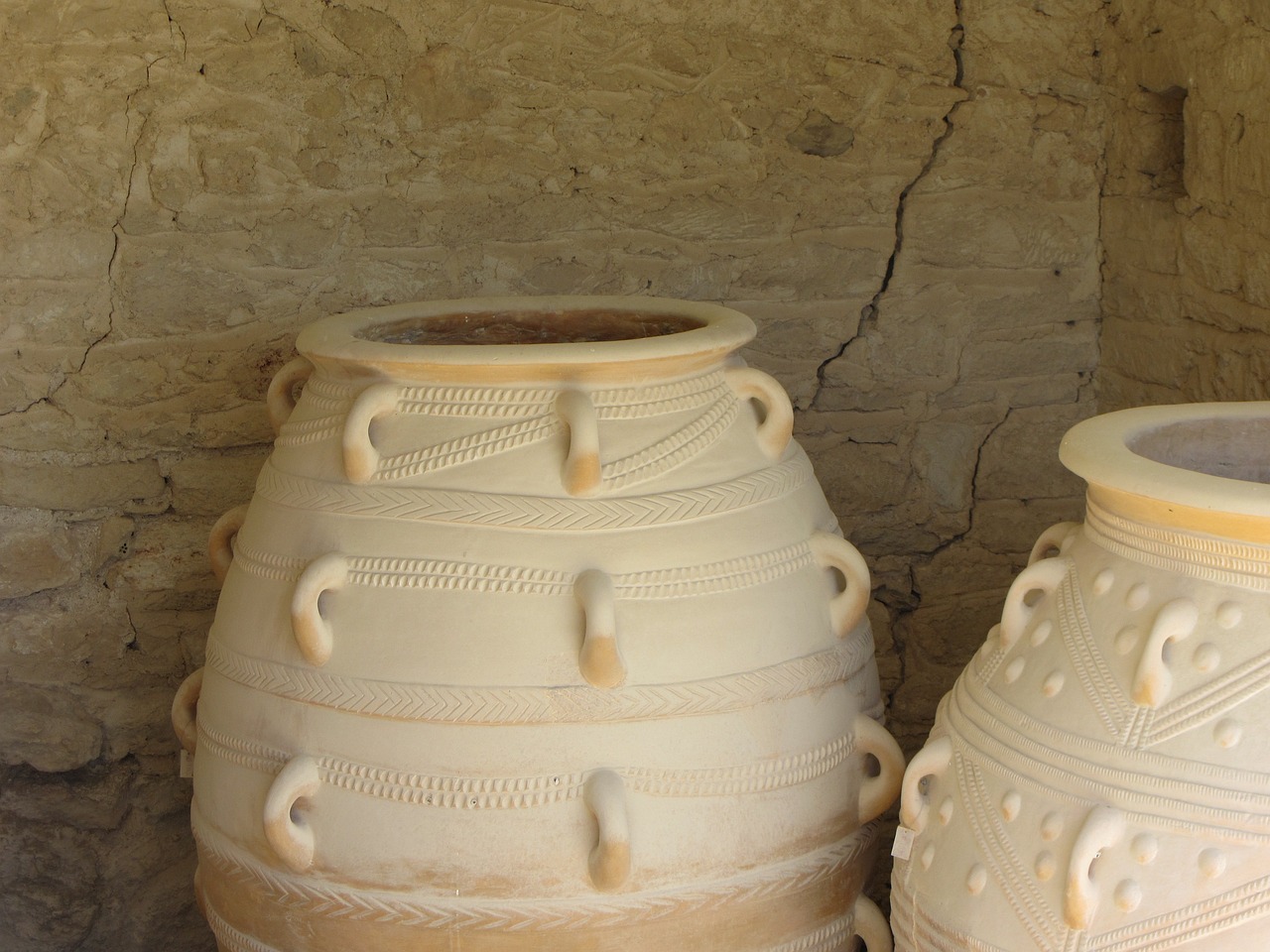
History of Minoan Frescoes
The history of Minoan frescoes is a fascinating journey through time, unveiling the artistic evolution of this ancient civilization. Beginning in the Prepalatial period, Minoan frescoes started with simple designs that gradually transformed into intricate masterpieces during the Neopalatial era. These artworks not only adorned the walls of palaces and homes but also served as a window into the Minoan world, reflecting their beliefs, customs, and daily life.
During the Prepalatial period, Minoan frescoes featured basic geometric patterns and motifs, showcasing the early artistic endeavors of the civilization. As time progressed, the Minoans perfected their techniques, incorporating more complex compositions, vivid colors, and detailed scenes into their frescoes. The Neopalatial era witnessed a flourishing of artistic creativity, with frescoes depicting a wide range of subjects, from nature-inspired designs to elaborate mythological narratives.
One of the most iconic examples of Minoan frescoes is the Bull-Leaping fresco, a dynamic and enigmatic artwork that has captured the imagination of scholars and art enthusiasts alike. This famous fresco portrays a daring acrobat leaping over the back of a bull, symbolizing the Minoan fascination with bull worship and ritualistic practices.
Through the study of Minoan frescoes, archaeologists and historians have been able to trace the development of Minoan artistry and aesthetics over centuries. These ancient artworks not only showcase the technical skill of Minoan artists but also provide valuable insights into the cultural and social dynamics of Minoan society.
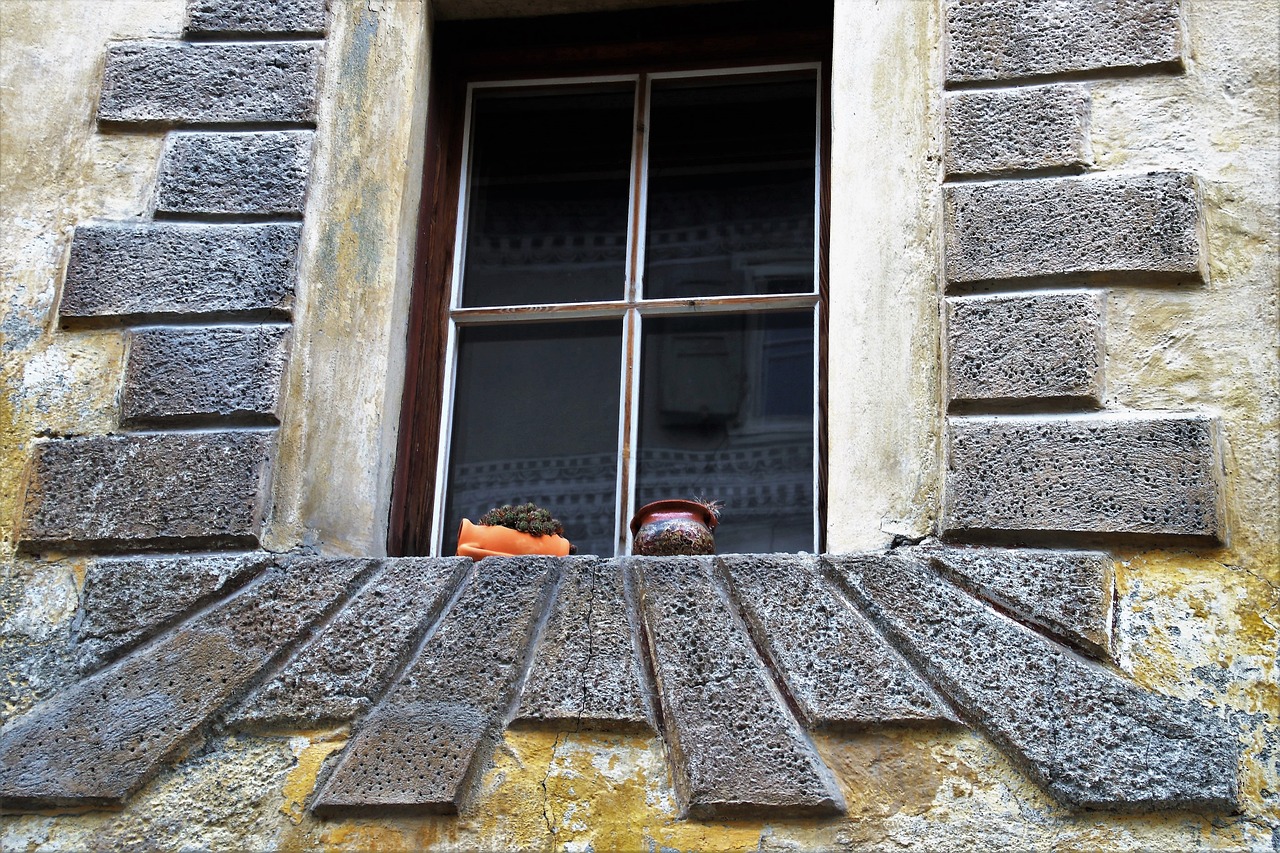
Themes and Subjects
Exploring the captivating world of Minoan frescoes, ancient artworks found on the walls of Crete. These vibrant and enigmatic paintings provide insights into Minoan culture, religion, and daily life, yet many mysteries still shroud their meaning and purpose.
Discover the origins and evolution of Minoan frescoes, from the early simple designs of the Prepalatial period to the elaborate and colorful compositions of the Neopalatial era.
When we delve into the mesmerizing world of Minoan frescoes, we encounter a rich tapestry of themes and subjects that offer a glimpse into the daily lives and beliefs of the ancient Minoan civilization. From vibrant religious ceremonies to intricate nature motifs, these frescoes transport us back in time to witness mythological scenes and everyday activities depicted with astonishing detail.
Learn about the innovative techniques and materials used by Minoan artists to create their frescoes, including the unique fresco secco method and the vibrant mineral pigments they employed.
Uncover the significant archaeological discoveries of Minoan frescoes at sites like Knossos, Akrotiri, and Phaistos, shedding light on the artistic achievements and cultural practices of the ancient Minoans.
Delve into the various interpretations and theories proposed by scholars regarding the meanings and symbolism behind Minoan frescoes, from religious rituals to social hierarchies.
Learn about the challenges and techniques involved in the restoration and preservation of Minoan frescoes, ensuring that these precious artworks are protected for future generations to appreciate.
Examine the lasting legacy and influence of Minoan frescoes on later artistic traditions, including their impact on Greek and Roman art, as well as modern artists inspired by their beauty and mystery.

Techniques and Materials
When it comes to Minoan frescoes, the techniques and materials used by the ancient artists are as intriguing as the artworks themselves. One of the most distinctive methods employed by Minoan painters was the fresco secco technique. Unlike the traditional fresco method of painting on wet plaster, fresco secco involved applying pigments on dry plaster. This allowed for more intricate details and vibrant colors to be achieved, giving the frescoes their characteristic luminosity and depth.
In addition to their innovative painting technique, Minoan artists also utilized a wide range of materials to create their masterpieces. The mineral pigments they used, derived from natural sources such as rocks and minerals, contributed to the rich and varied color palette seen in Minoan frescoes. These pigments, including ochre, cinnabar, and azurite, were ground into powders and mixed with water or binding agents to create the paint used in the frescoes.
Furthermore, the tools and brushes used by Minoan artists were essential in achieving the intricate designs and fine details present in their frescoes. Brushes made from natural fibers, such as animal hair or plant stems, were used to apply the pigments with precision and skill. The meticulous craftsmanship and attention to detail displayed in Minoan frescoes reflect the artistic sophistication and creativity of the ancient Minoan civilization.
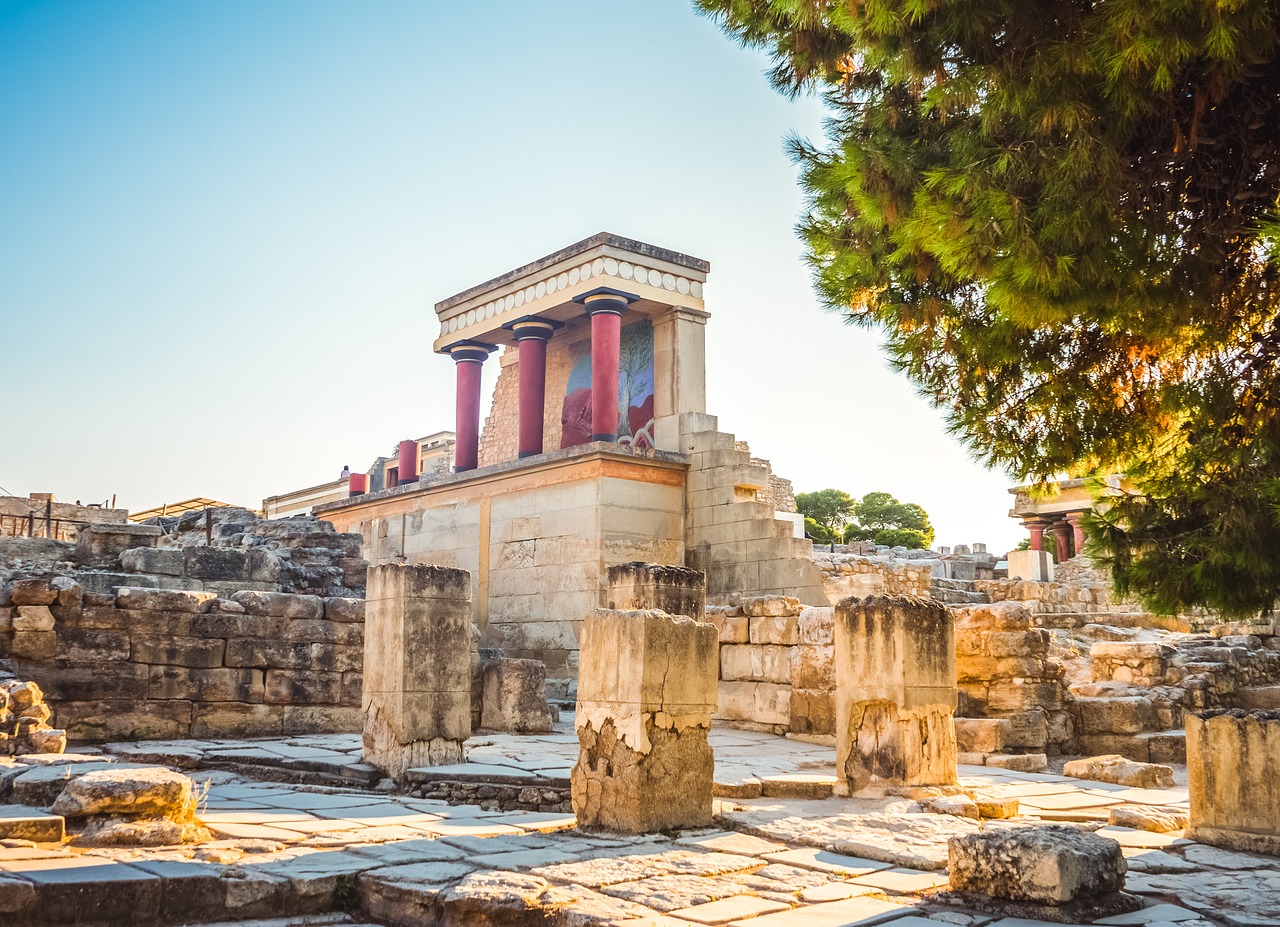
Archaeological Discoveries
Archaeological discoveries of Minoan frescoes have provided invaluable insights into the artistic and cultural achievements of the ancient Minoan civilization. Sites such as Knossos, Akrotiri, and Phaistos have yielded a treasure trove of well-preserved frescoes, offering a glimpse into the vibrant world of Minoan artistry. These discoveries have not only showcased the skill and creativity of Minoan artists but have also shed light on various aspects of Minoan life, including religious practices, social customs, and architectural styles.
One of the most famous archaeological discoveries is the Bull-Leaping fresco found in the Palace of Knossos. This iconic artwork depicts a daring acrobatic feat involving a bull and three human figures, possibly illustrating a religious or ceremonial event. The vivid colors and dynamic composition of the fresco highlight the Minoans' mastery of artistic expression and their fascination with bull symbolism.
At the site of Akrotiri on the island of Santorini, excavations have revealed a wealth of well-preserved frescoes that offer a glimpse into everyday life in a Minoan settlement. Scenes of nature, maritime activities, and domestic settings adorn the walls of houses, providing valuable clues about Minoan society and its connection to the natural world.
Furthermore, the discovery of the Phaistos Disc, a mysterious clay artifact inscribed with undeciphered symbols, has intrigued archaeologists and historians for decades. While not a fresco in the traditional sense, the Phaistos Disc represents another fascinating archaeological find that adds to the enigma surrounding Minoan culture and language.
Through meticulous excavation and careful preservation efforts, archaeologists continue to uncover new insights into the world of Minoan frescoes, piecing together the fragments of a civilization that thrived thousands of years ago. These archaeological discoveries not only enrich our understanding of Minoan art and culture but also inspire wonder and fascination with the mysteries of the ancient past.
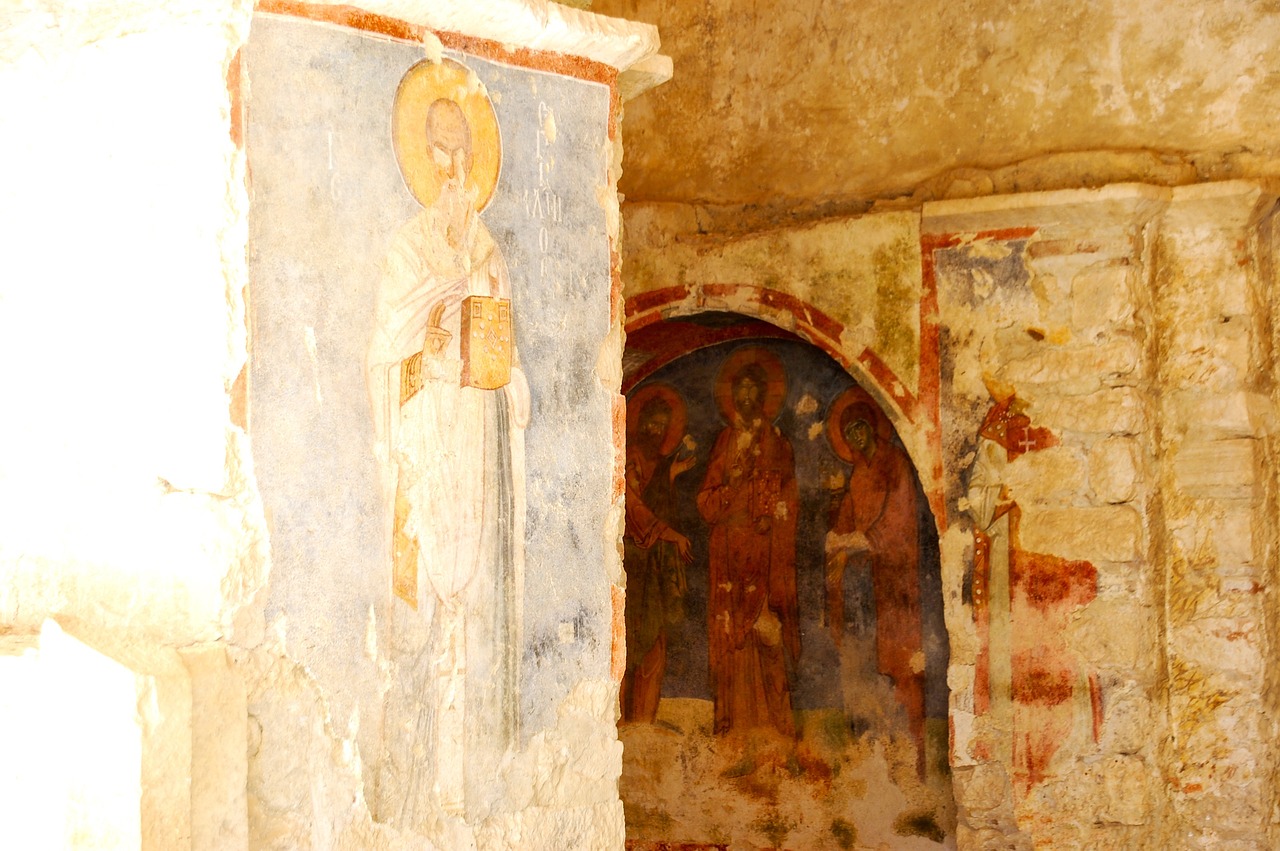
Interpretations and Theories
Delve into the mysterious world of Minoan frescoes, where interpretations and theories abound, offering glimpses into the enigmatic culture of ancient Crete. Scholars have long debated the significance of these vibrant artworks, seeking to unravel the symbolic meanings hidden within their intricate designs. From religious symbolism to social commentary, the interpretations of Minoan frescoes are as varied as the colors that adorn them.
One prevailing theory suggests that Minoan frescoes served as visual narratives of religious rituals and ceremonies, offering a glimpse into the spiritual beliefs of this ancient civilization. Scenes depicting bull-leaping, a popular Minoan sport, are believed to have held symbolic significance, possibly representing fertility rites or connections to the divine.
Another interpretation posits that Minoan frescoes reflected the social hierarchies and power structures of Minoan society. Depictions of elaborate palaces, processions, and gatherings may have served to reinforce the authority of rulers and elites, showcasing their wealth and influence through art.
Some scholars also propose that Minoan frescoes were inspired by nature and the surrounding environment, with motifs of flowers, animals, and marine life prevalent in many compositions. These naturalistic elements not only added beauty to the frescoes but also potentially held deeper symbolic meanings related to the cycles of life and the natural world.
Furthermore, the intricate patterns and intricate details found in Minoan frescoes have led some to speculate about possible connections to other ancient civilizations, such as Egypt and Mesopotamia. The exchange of artistic ideas and techniques through trade and cultural interactions may have influenced the development of Minoan art, adding layers of complexity to its interpretations.
Ultimately, the interpretations and theories surrounding Minoan frescoes continue to evolve as new discoveries are made and fresh perspectives are brought to light. The enigmatic beauty of these ancient artworks invites us to ponder their meanings and significance, offering a window into the rich and fascinating world of Minoan culture.

Restoration and Preservation
Restoring and preserving Minoan frescoes is a delicate and intricate process that requires a deep understanding of both the artistic techniques used by the ancient Minoans and modern conservation methods. When these ancient artworks are unearthed from archaeological sites, they are often in a fragile state due to centuries of exposure to the elements and human activities. The restoration process involves meticulous cleaning, stabilizing, and repairing damaged areas to ensure the frescoes are safeguarded for the future.
Conservators employ a range of specialized tools and materials to carefully remove dirt, grime, and previous restoration attempts without causing harm to the original pigments and plaster. By using microscopes and chemical analysis, they can identify the composition of the pigments and match them precisely during retouching. This attention to detail is crucial in maintaining the authenticity and integrity of the frescoes, allowing viewers to appreciate them as they were intended by the ancient artists.
One of the key challenges in the preservation of Minoan frescoes is preventing further deterioration once they have been excavated. Factors such as humidity, temperature fluctuations, and exposure to light can accelerate the decay of the fragile pigments and plaster. Museums and archaeological sites employ sophisticated climate control systems and lighting techniques to create optimal conditions for displaying and storing these precious artworks.
In addition to preventive conservation measures, ongoing research and monitoring are essential to ensure the long-term stability of Minoan frescoes. By studying the effects of environmental factors and developing innovative conservation strategies, experts can prolong the lifespan of these ancient treasures and continue to unravel the mysteries they hold. The dedication and expertise of conservators play a vital role in preserving the rich cultural heritage embodied in Minoan frescoes for generations to come.
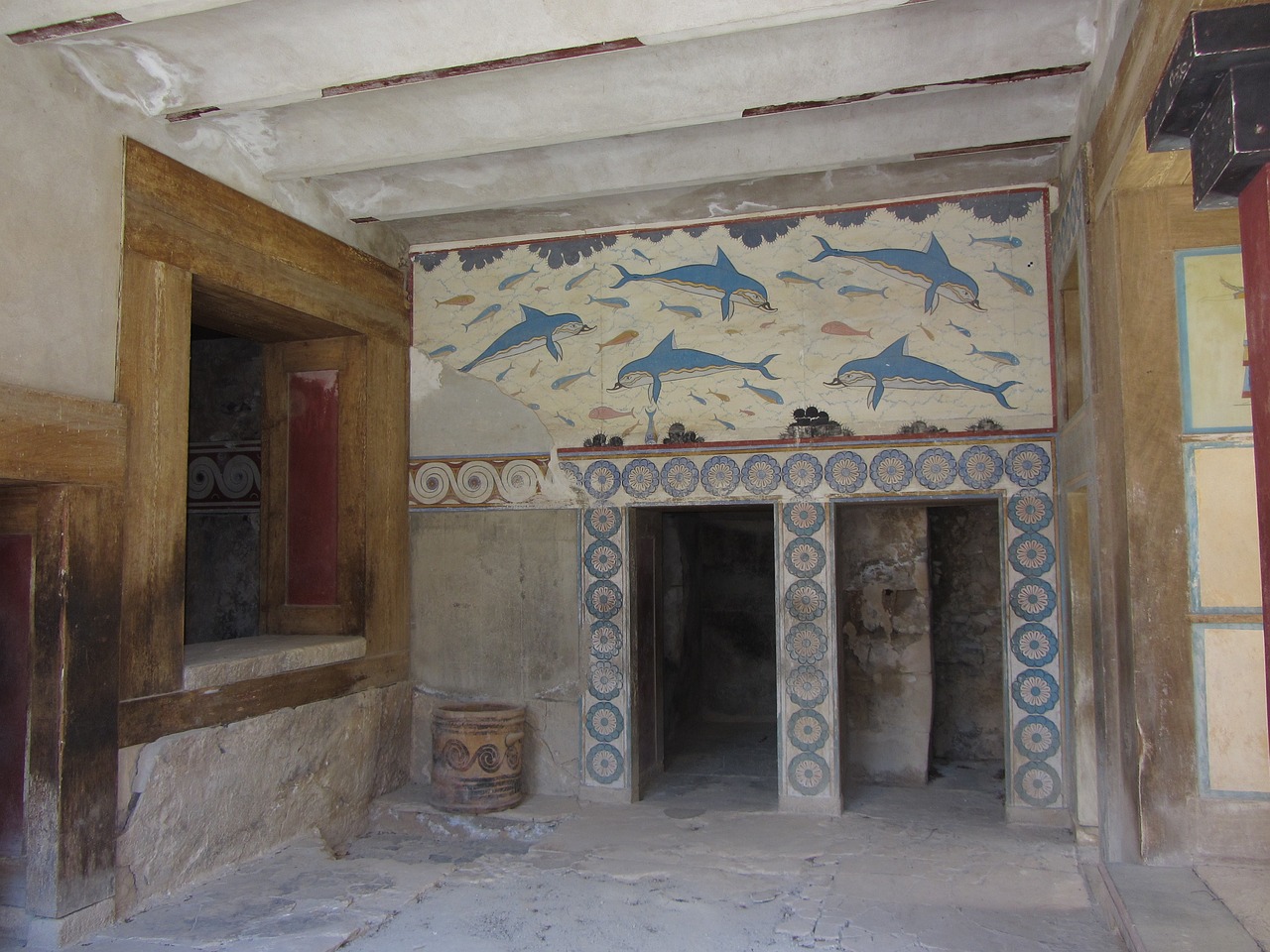
Legacy and Influence
As we delve into the legacy and influence of Minoan frescoes, we uncover a rich tapestry of artistic impact that transcends time and borders. These ancient artworks, with their vibrant colors and intricate designs, have left an indelible mark on the world of art and culture.
The legacy of Minoan frescoes can be seen in the artistic traditions of ancient Greece and Rome, where elements of Minoan art were adopted and adapted into new forms. The influence of Minoan frescoes can be observed in the frescoes of Pompeii, where echoes of Minoan motifs and themes resonate through the centuries.
Moreover, modern artists have been inspired by the beauty and mystery of Minoan frescoes, incorporating elements of Minoan art into their own creations. The enigmatic allure of Minoan frescoes continues to captivate audiences and fuel artistic innovation in the contemporary world.
Through their lasting legacy and profound influence, Minoan frescoes stand as a testament to the enduring power of art to transcend time and speak to the human spirit across generations.
Frequently Asked Questions
- What do Minoan frescoes depict?
Minoan frescoes depict a wide range of subjects including religious ceremonies, nature motifs, daily activities, and mythological scenes featuring deities like the Bull-Leaping fresco.
- How were Minoan frescoes created?
Minoan artists used innovative techniques such as the fresco secco method and vibrant mineral pigments to create their frescoes on wet plaster, allowing the colors to seep in and become part of the wall.
- Where can significant archaeological discoveries of Minoan frescoes be found?
Significant archaeological discoveries of Minoan frescoes have been found at sites like Knossos, Akrotiri, and Phaistos, providing valuable insights into Minoan artistic achievements and cultural practices.
- What is the legacy of Minoan frescoes?
Minoan frescoes have had a lasting influence on later artistic traditions, impacting Greek and Roman art, as well as inspiring modern artists with their beauty and enigmatic symbolism.




